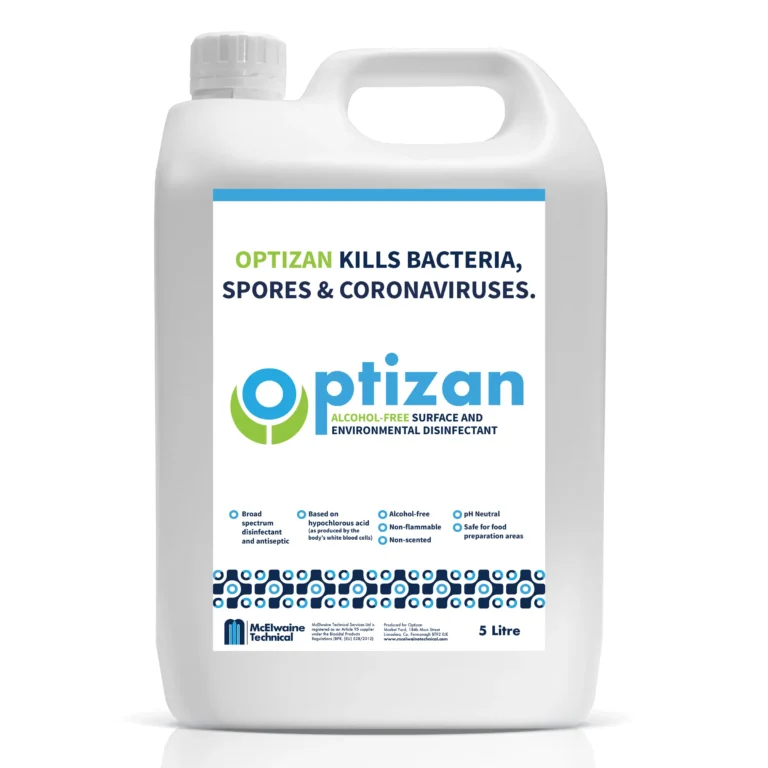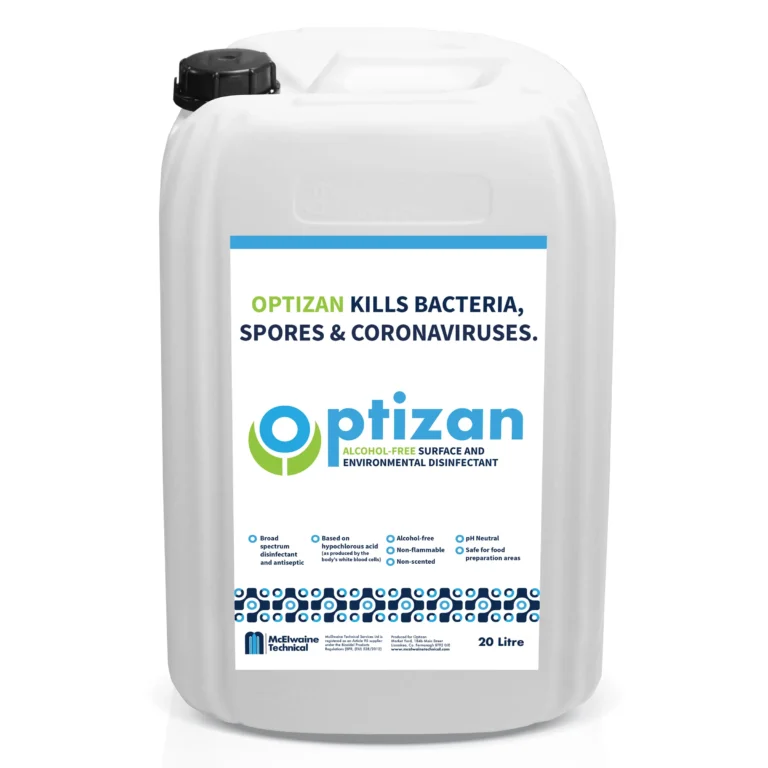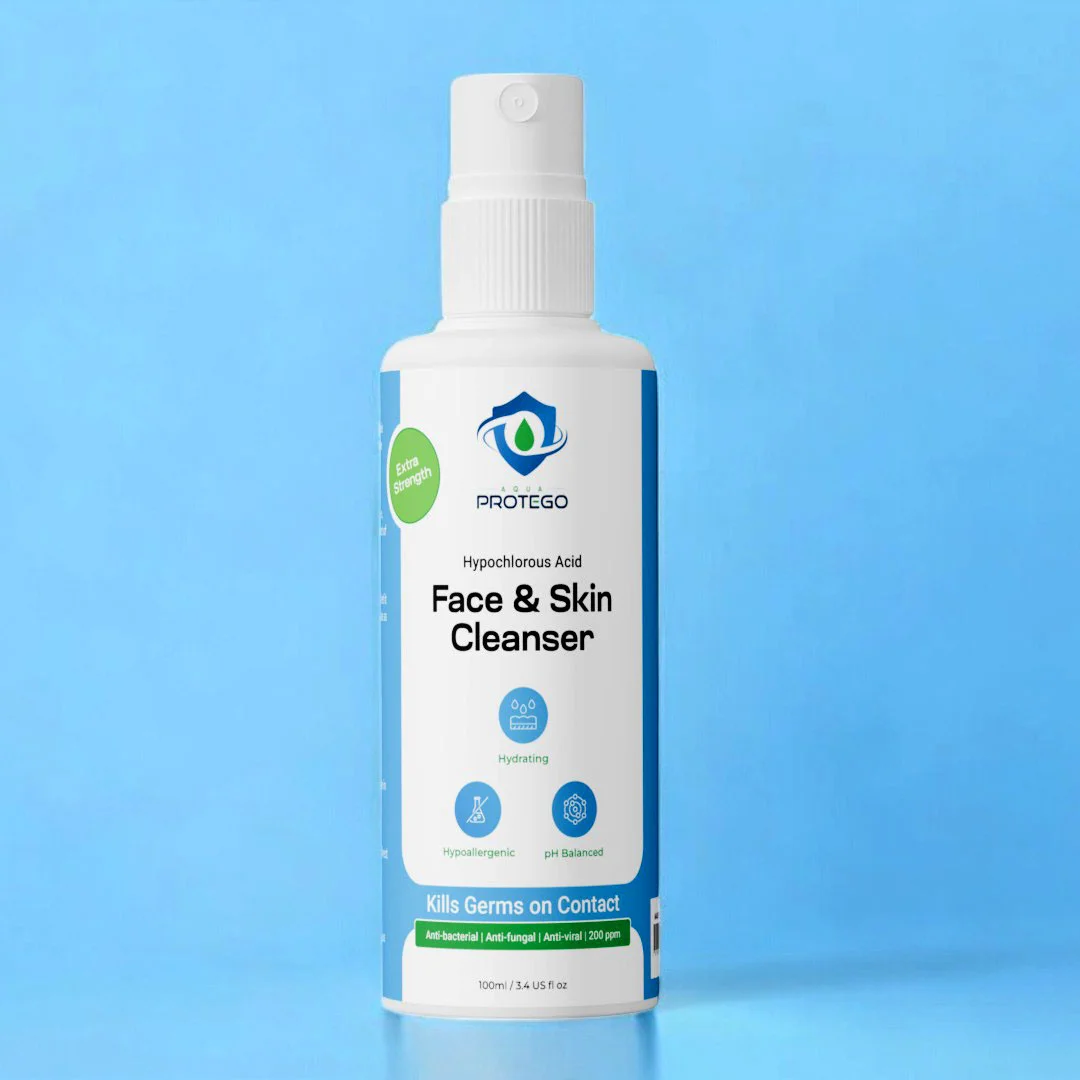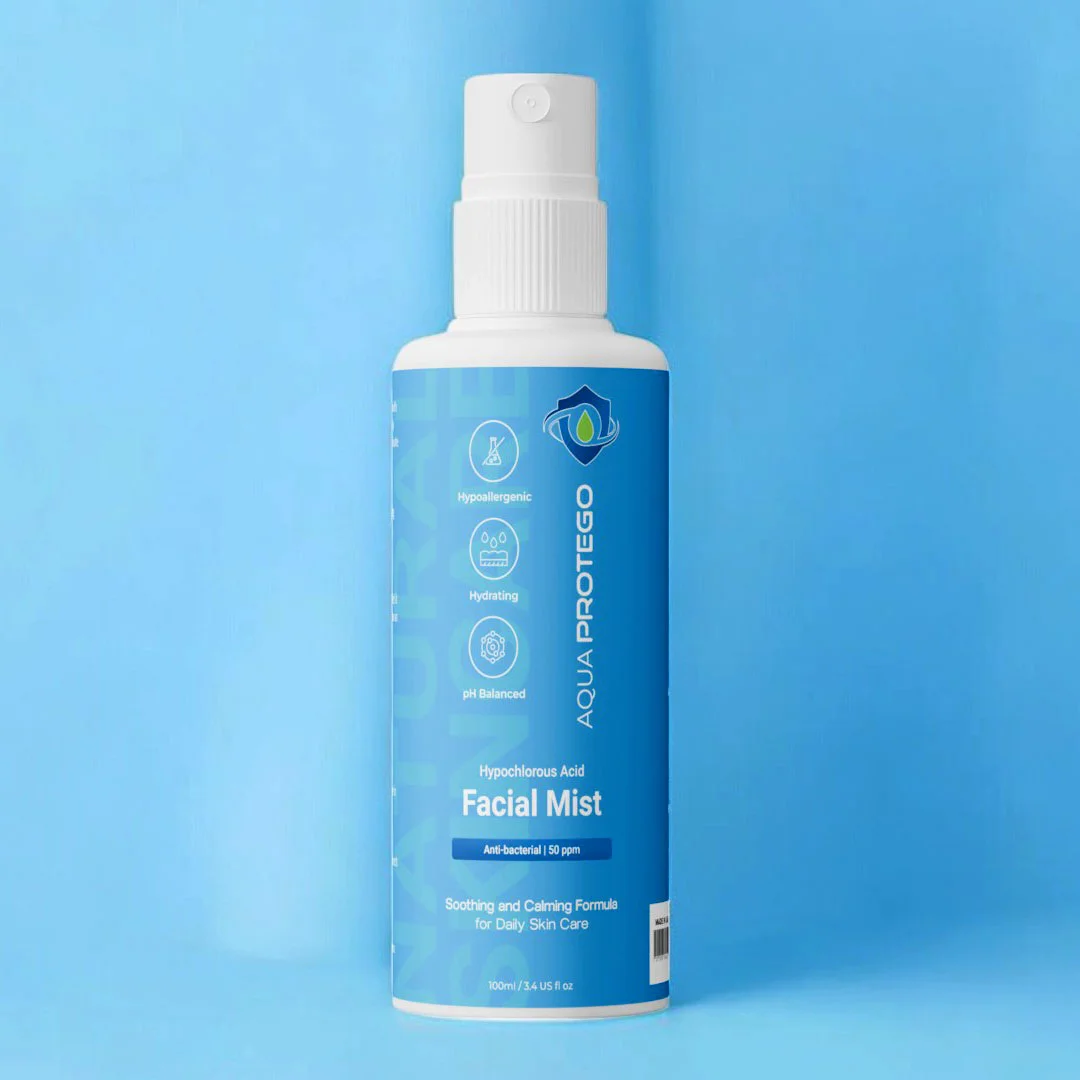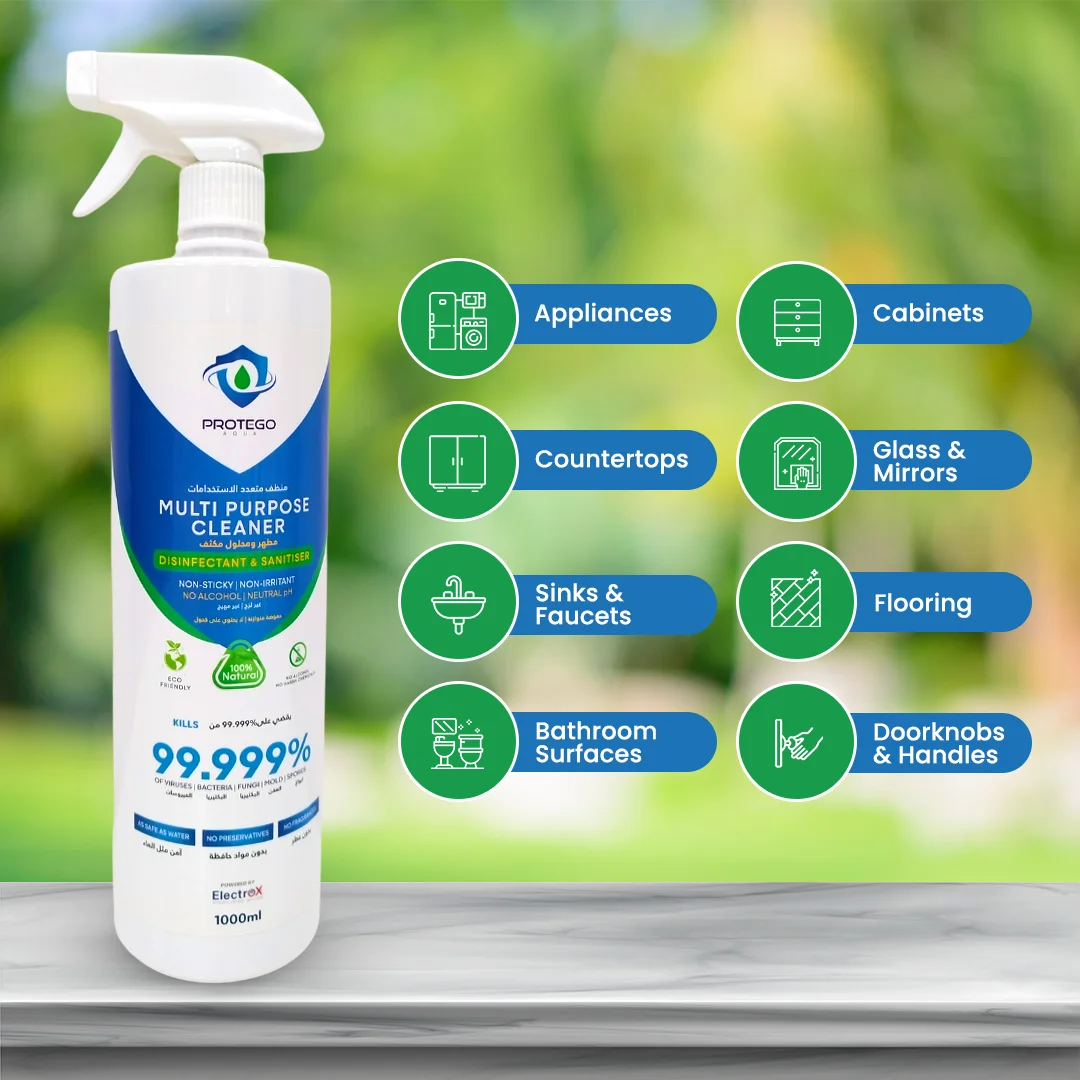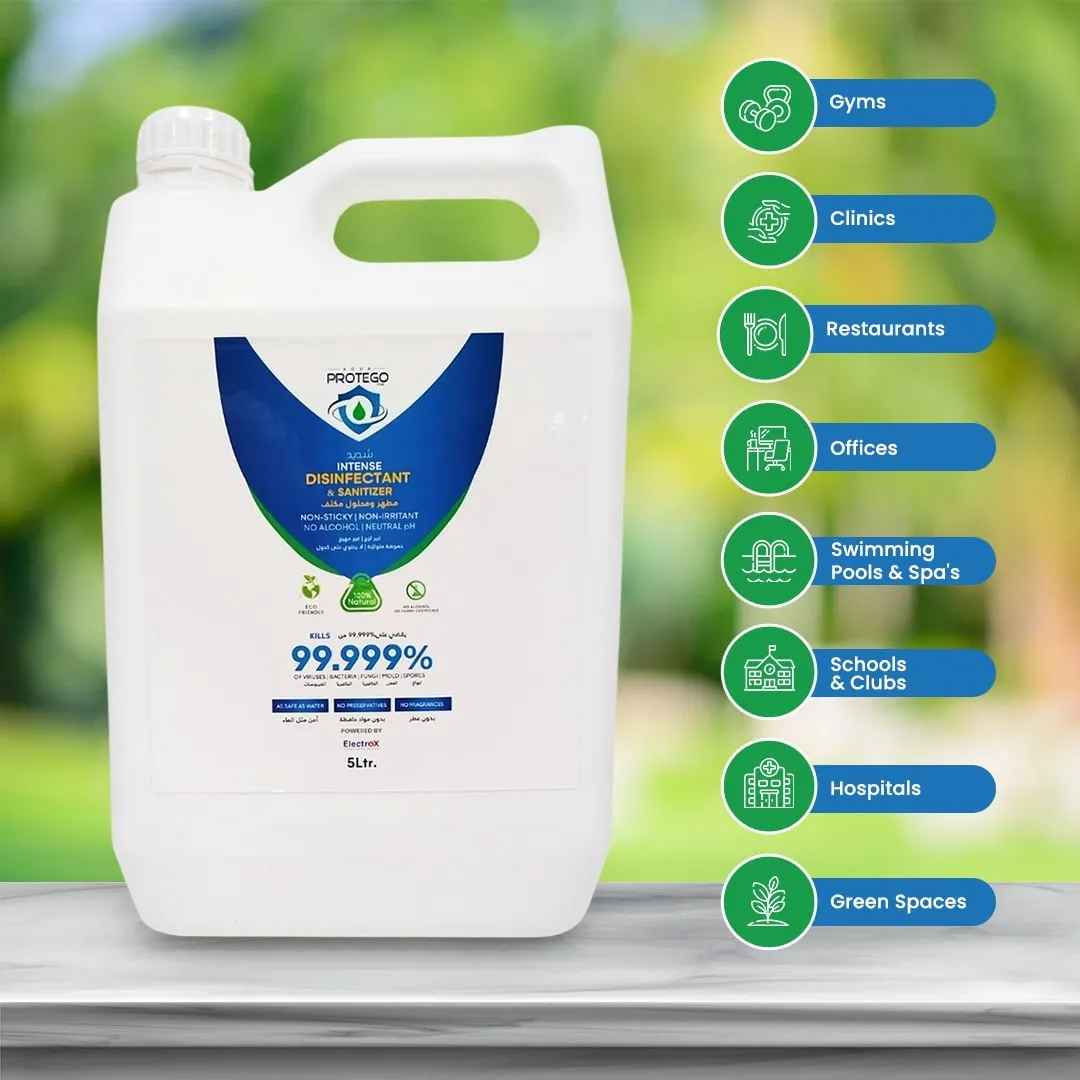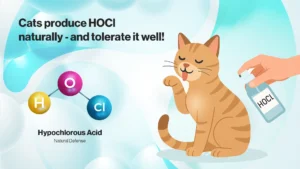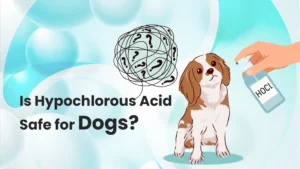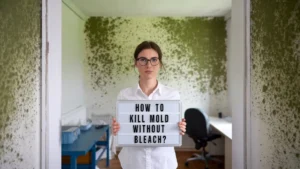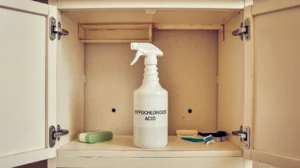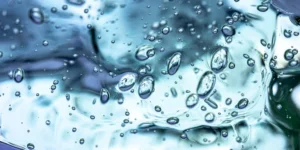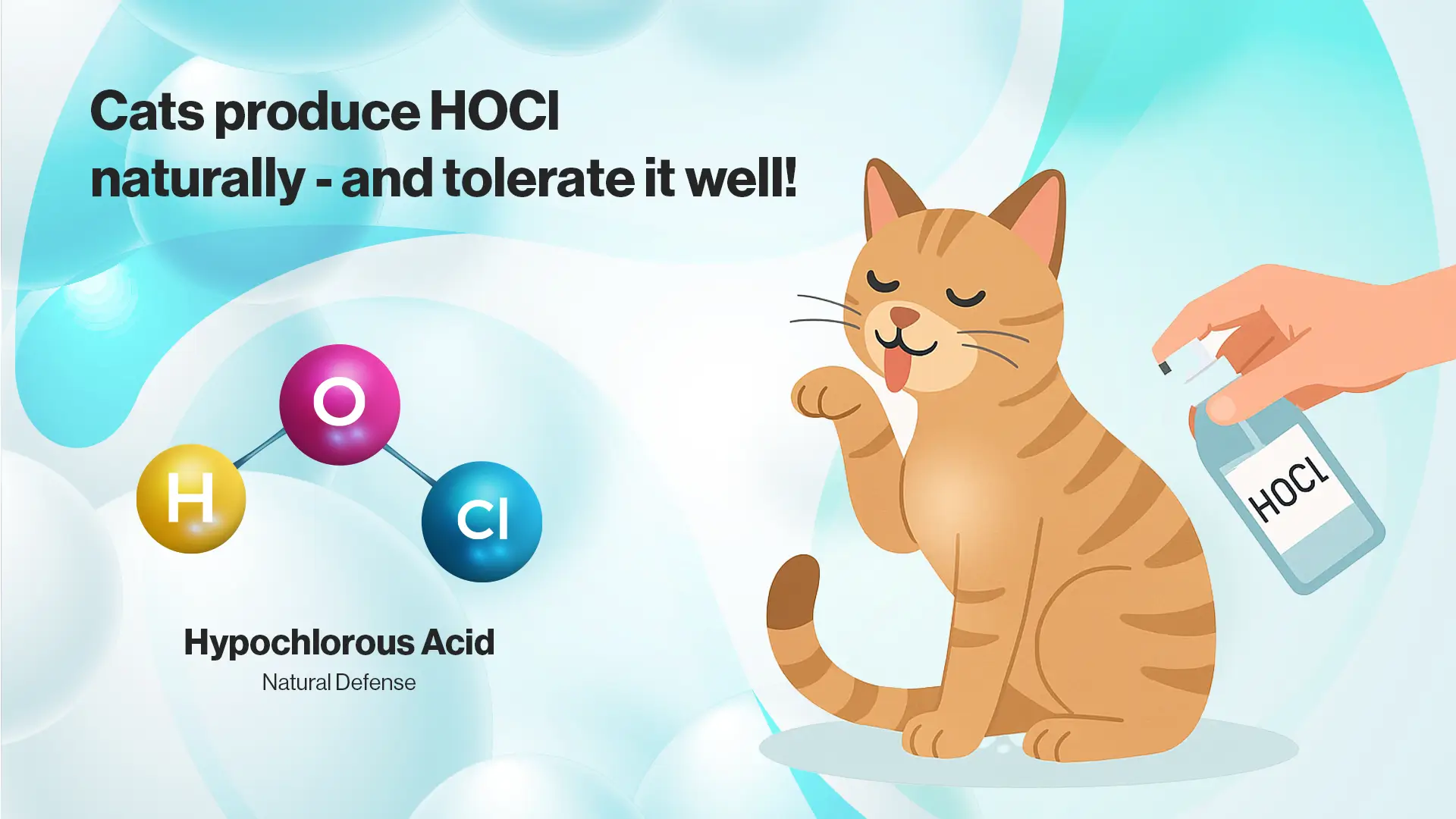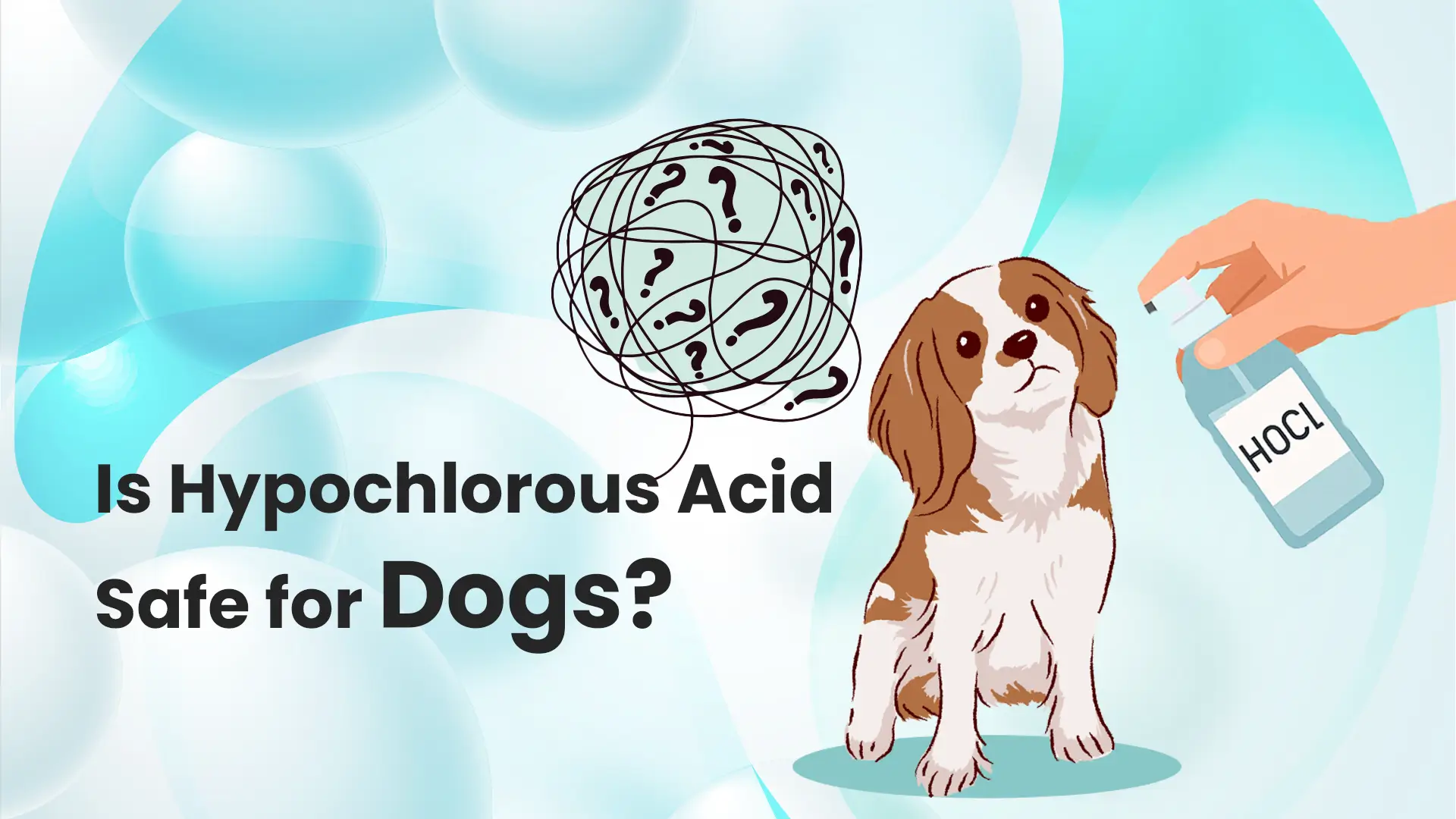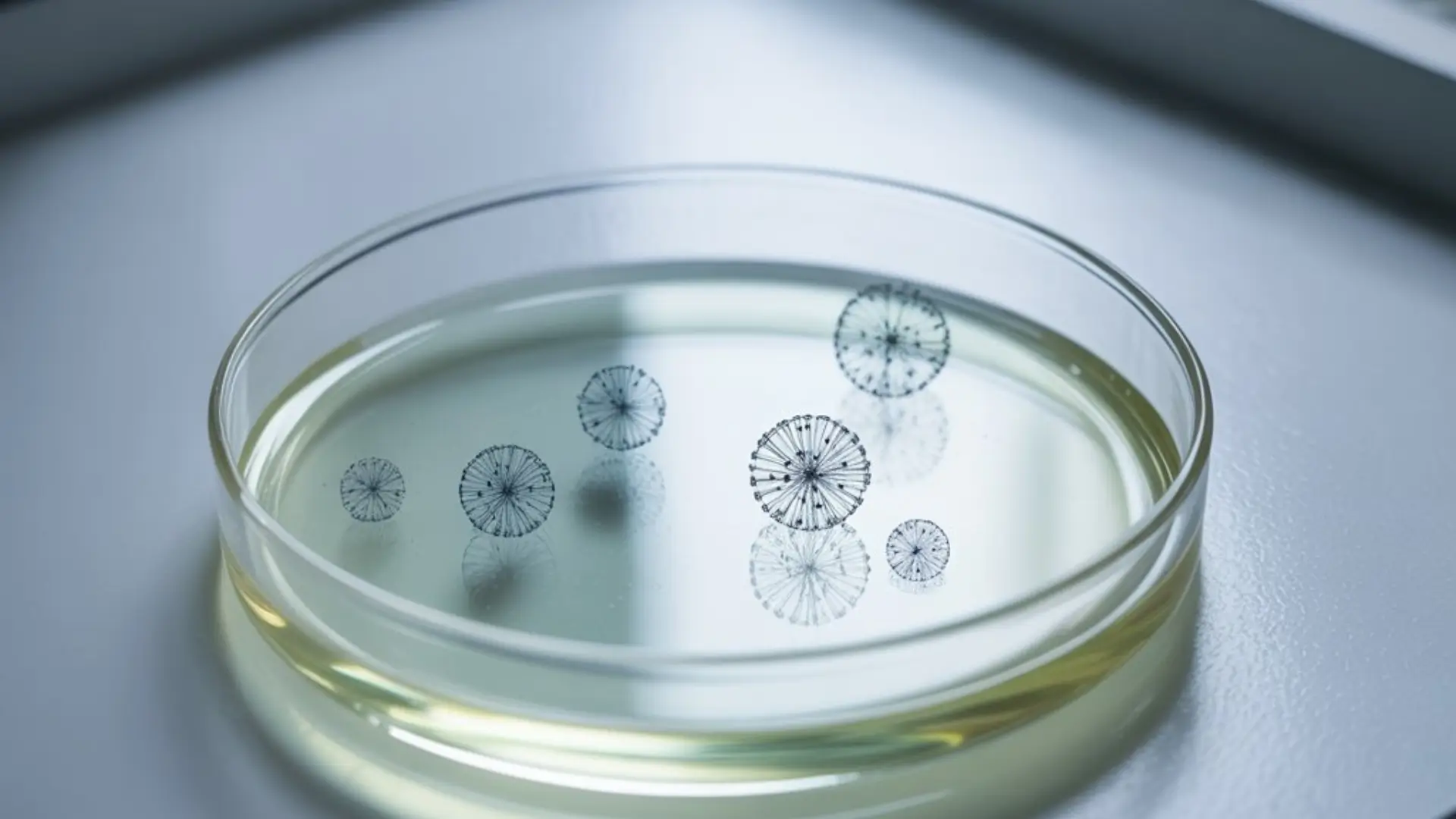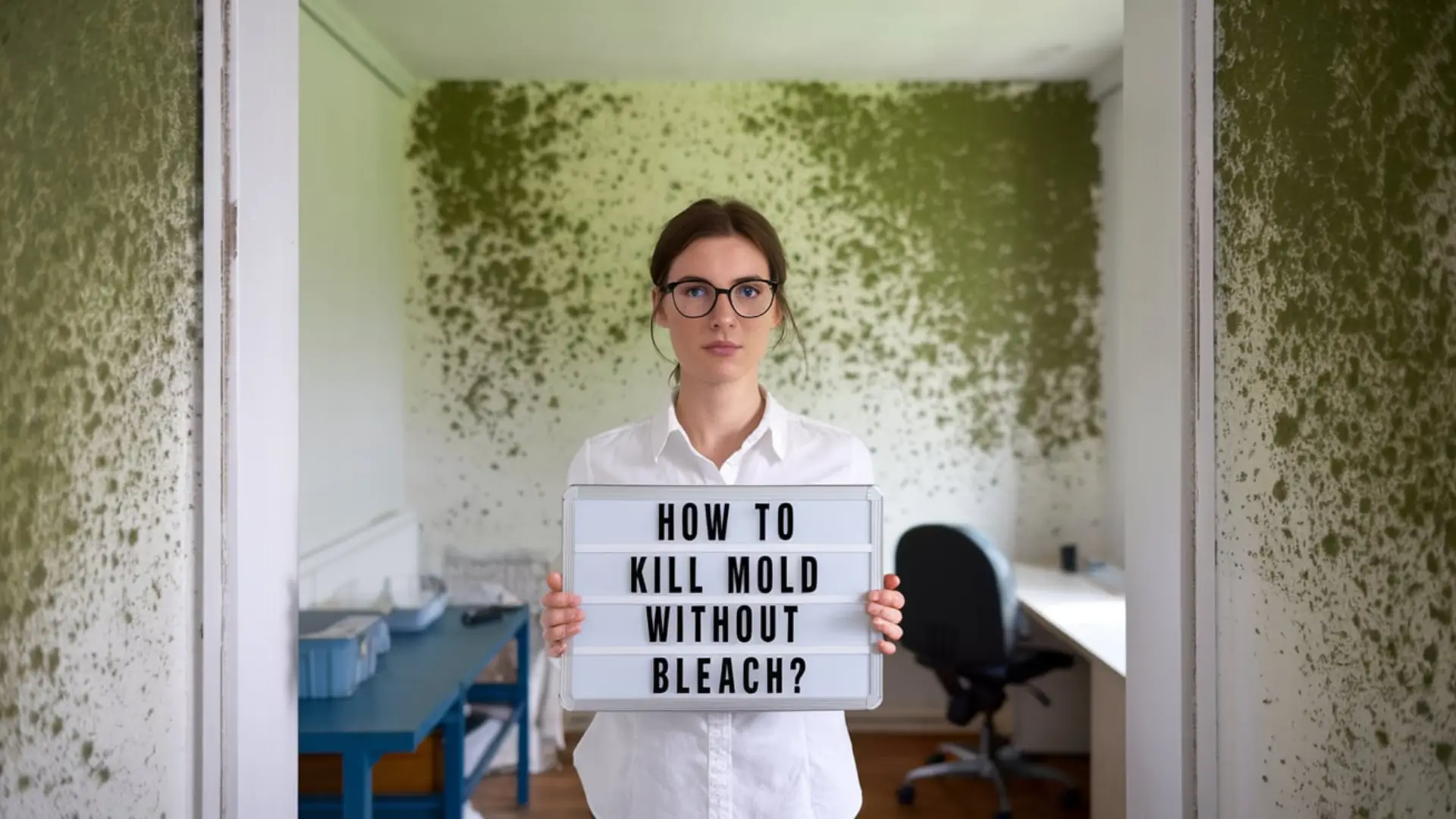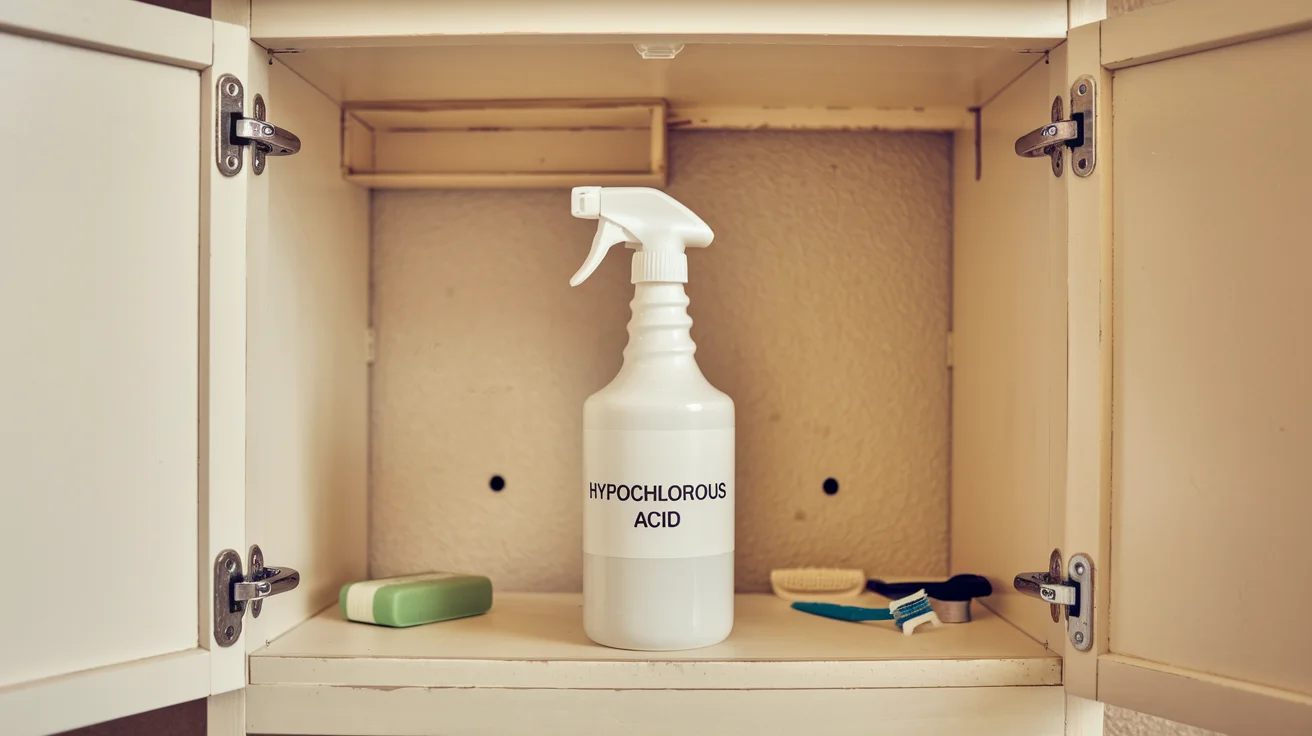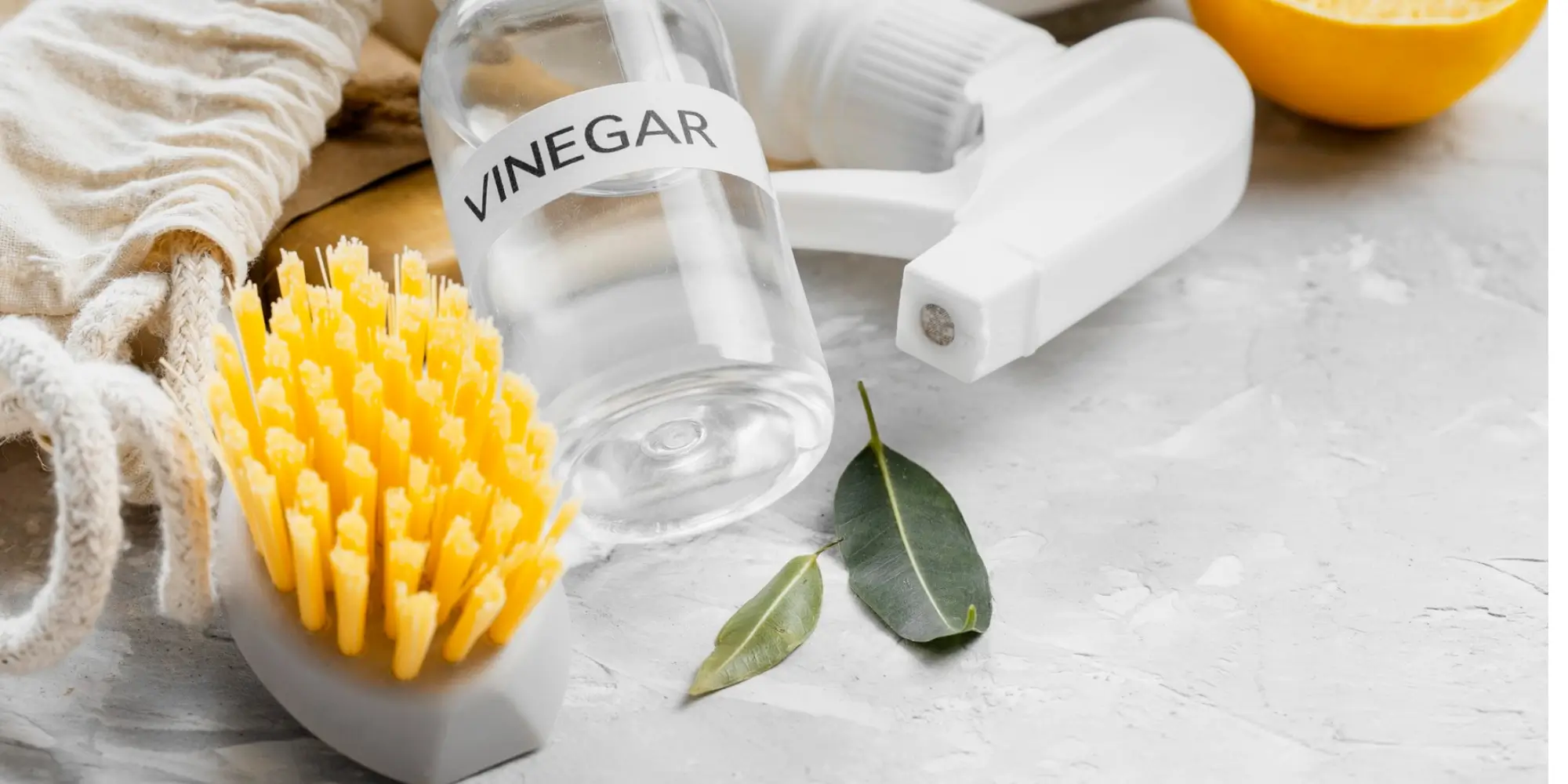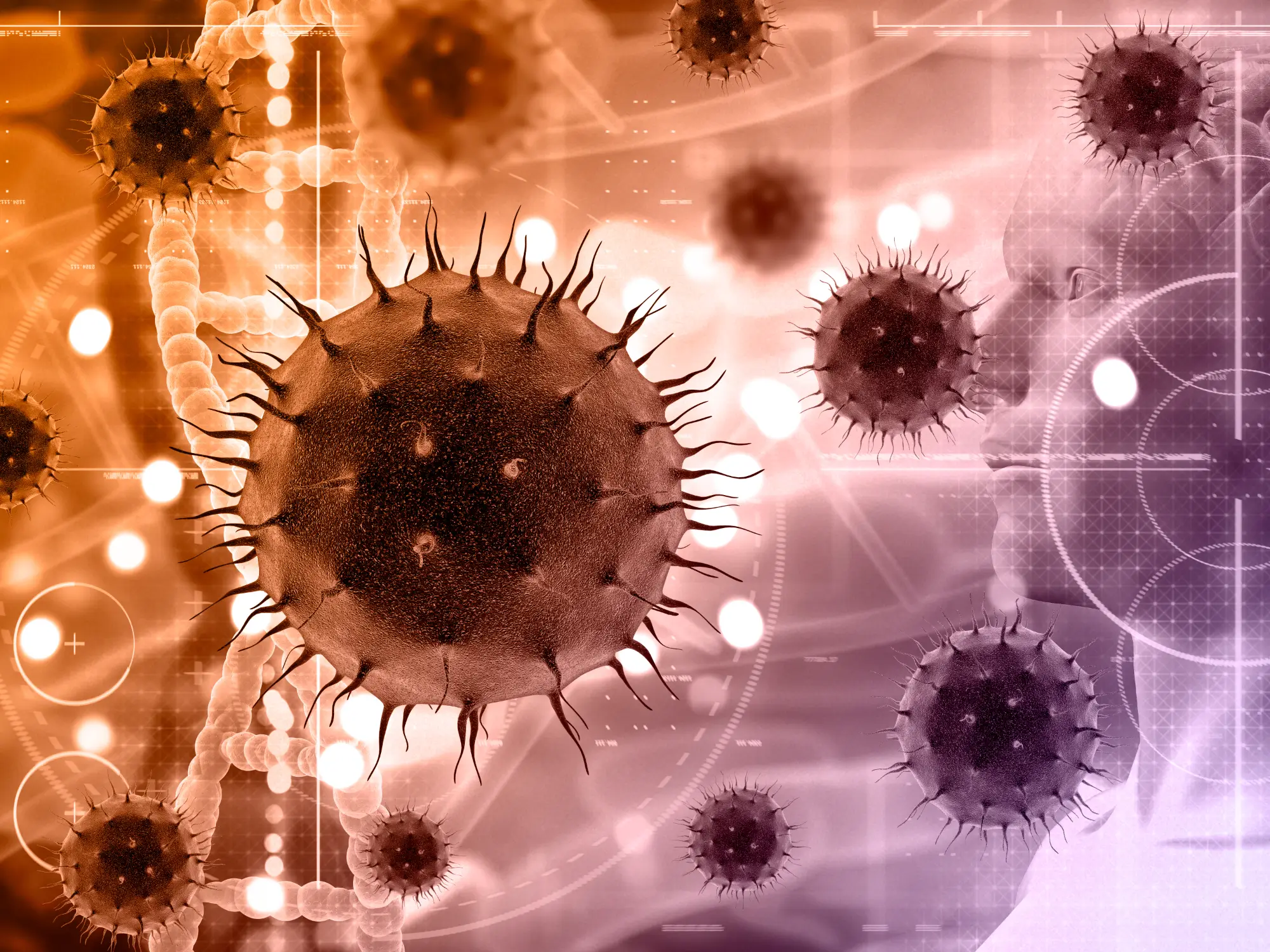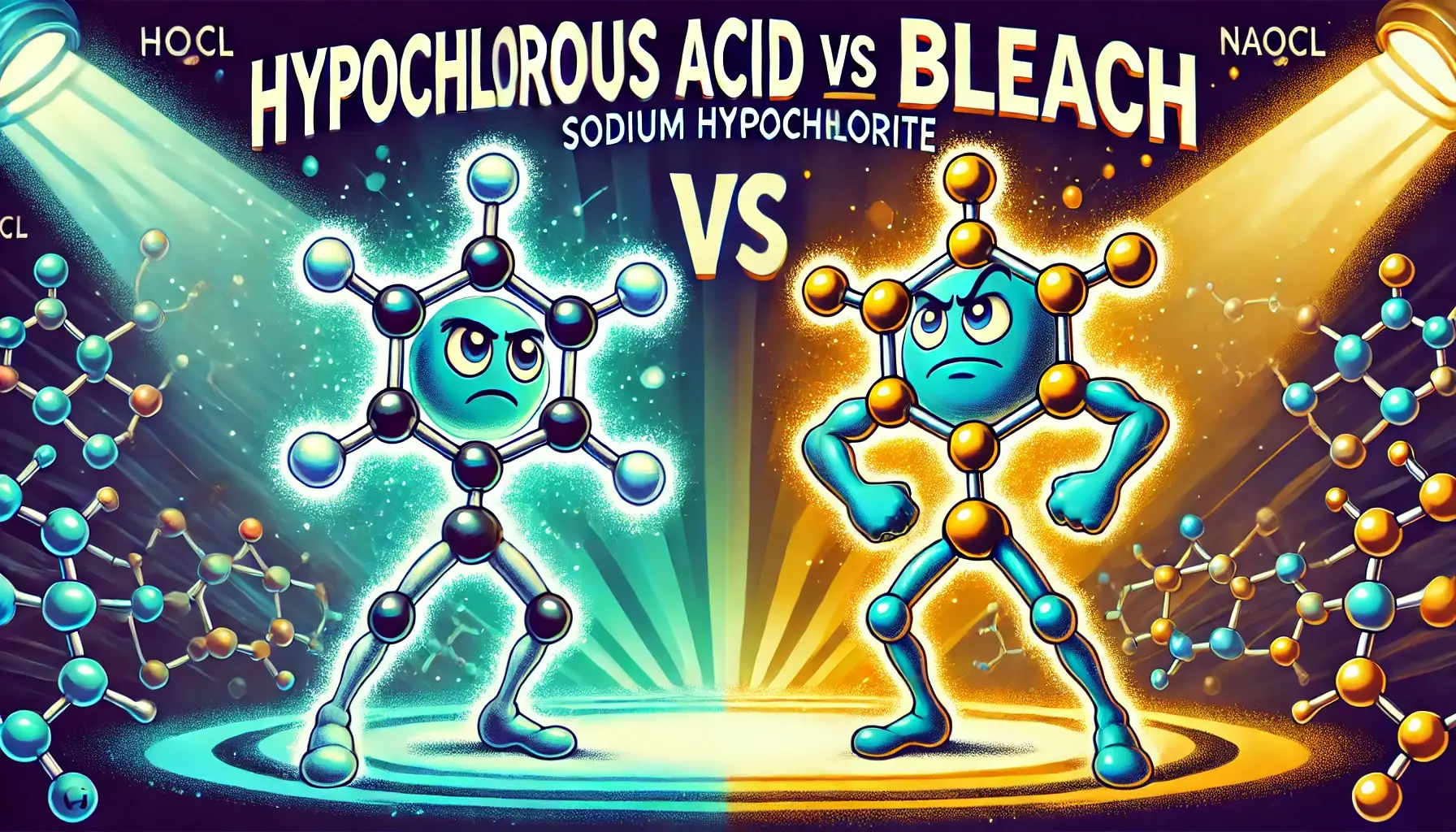HOCl has been shown to effectively eliminate fungal growth and reduce its allergenic properties supported by multiple scientific research papers, (Martyny 2005, Reynolds 2004, Reynolds 2012). Not only does it eradicate fungus, it’s also non-toxic and biodegradable making it a much safer option to combat surface fungi.
Electrolyzed water, also known as hypochlorous acid can effectively inhibit the growth and development of citrus fungal pathogens (Hussien 2017) this is further supported by a study (Naka 2021) that found HOCl can reduce green and blue surface fungi in oranges all without negatively impacting fruit quality!
Its important to note however that there are over 100,000 different types of mold! And it would be impossible to differentiate between toxic and household varieties with just the human eye. The research on HOCl’s efficacy against mold, mildew & fungi is still fairly limited and it would be foolish to say its effective against them all.
In fact a study by (Stefanello 2020) found that acidic and basic electrolyzed water were ineffective in reducing heat-resistant spores clearly showing that the effectiveness of electrolyzed water may vary depending on the type of mold.
Key Takeaways
- Mold contamination is a persistent issue in many homes and workplaces, with over 100,000 types of fungal growth existing.
- Hypochlorous acid (Electrolyzed water) is highly effective in destroying some types of common surface fungi, verified by scientific research.
- HOCl offers a non-toxic and Using environmentally friendly solutions like HOCl is an effective approach to fungal remediation. alternative to traditional fungal remediation chemicals.
- HOCl is used as an active ingredient in sanitizers and disinfectants due to its ability to break apart cell membranes.
- Research around HOCl’s effectiveness against fungal growth is primarily focused on agricultural and healthcare applications.
- HOCl is effective at dilute concentrations (50~200 ppm), requiring a small amount to destroy bacteria, viruses, and proteins compared to bleach-based products.
- Studies show the stability and efficacy of HOCl in improving indoor air quality.
- HOCl’s versatile application methods include spraying, misting, and soaking to target fungal growth comprehensively.
Does Hypochlorous Acid Kill Mold, Mildew & Fungi?
Studies support hypochlorous acid’s power to kill mold. Studies by Wang et al. Show it is stable and very good at disinfecting, while Sarada et al. Found it works against a wide range of germs, including viruses and fungi.
Hypochlorous acid helped disinfect Penicillium mold, especially the acidic part. It also did not harm oranges’ quality when compared to regular treatments.
Also, Park et al.’s research on using HOCl as a fog shows its strong ability to control mold and mildew. These findings highlight its great disinfecting qualities and its success in removing fungi.
These studies show its promising ability as a fungicide. Its natural composition and low toxicity make it a sustainable and environmentally friendly option for use in agriculture and food safety.
The potential for this green disinfectant to reduce the reliance on harsh chemicals and synthetic pesticides is a promising step towards promoting healthier and more sustainable farming practices.
Continued research and experimentation on its efficacy against various types of spores will provide valuable insights into its full potential as a fungicide and disinfectant in the agricultural industry.
Here’s the data we have so far regarding Hypochlorous Acid’s efficacy against different types of mold, mildew & fungi.


What is Hypochlorous Acid and How Does It Work to Kill Mold/Fungi?
Hypochlorous acid (HOCl) also known as acidic electrolyzed water is a weak acid made when chlorine dissolves in water. It’s a strong antimicrobial disinfectant made by the human body to fight against bacteria, viruses, and fungi.
It’s super easy to make outside of the body as well making it the perfect natural remedy for fighting off mold, mildew & fungi.
The Mechanism of Action of Hypochlorous Acid on Mold
Hypochlorous acid (HOCl) is a great choice to remediate mold contaminations. It works by getting inside the mold cells, starting a powerful oxidation process that destroys them.
HOCl can break down the walls of the cells causing a lot of stress inside the cells. This stress is key to killing the mold. It breaks down important parts inside, leading to the cell’s death.
Below is a table outlining the key components in the action of hypochlorous acid on mold:
Action Mechanism | Details |
Cellular Penetration | HOCl molecules infiltrate fungal cell walls. |
Oxidative Stress | Inducing oxidative damage leading to cellular breakdown. |
Antimicrobial Properties | Disrupting fungi through internal oxidative damage. |
Mold Destruction | Effective eradication through cellular death. |
HOCl is especially good because it focuses on oxidative stress which offers a way to stop mold without using harmful chemicals. Its germ-killing properties make it an essential part of fighting mold.
Read our detailed article on everything about Hypochlorous Acid!

Hypochlorous acid (HOCl) has shown promising results as an effective mold and mildew remover and safe disinfectant for various surfaces. Studies have demonstrated its ability to rapidly inactivate bacteria like E. coli and Salmonella on both hard and soft surfaces within minutes of exposure (Hakimullah Hakim et al., 2016).
HOCl has also proven effective against viruses, including human norovirus, with ≥99.9% reduction in both infectivity and RNA titers on porous and nonporous surfaces (Park et al., 2007).
When applied as a fog or spray, HOCl can effectively sanitize large areas, achieving significant bacterial reductions on different materials (Feng et al., 2022).
Importantly, HOCl has been found to be non-corrosive to metallic objects and safe for use on human skin and lung tissues at dilute concentrations up to 300 ppm (Hakimullah Hakim et al., 2016; Benedusi et al., 2022).
Is Hypochlorous Acid Safe for Use on Fabrics and Carpets?
Hypochlorous acid is safe and gentle on fabrics and carpets. It removes mold and stains without damaging the material. This makes it perfect for treating moldy clothes, upholstery, and carpets through misting or spraying.
Curious about hypochlorous acid’s use for skin?

Application Methods for Hypochlorous Acid
Spraying, fogging, and soaking electrolyzed oxidizing water (HOCl) are key methods for fighting mold. Each method has its own way of spreading HOCl to clean surfaces. Depending on the area and type of mold problem, these methods help remove mold completely.
Spraying
When you spray HOCl, you use devices like atomizers. These spread the hypochlorous acid uniformly on surfaces. It’s good for getting rid of visible mold on walls and floors. This ensures the acid covers all areas well, making it a reliable disinfectant.
Fogging
Fogging is best for big areas or spots hard to get to. It turns HOCl into fine mist, reaching every corner. This way, even the tightest spots get treated. Research supports fogging’s ability to clean large areas thoroughly.
Soaking
Soaking objects or surfaces in HOCl solution works for severe mold issues. It means the HOCl goes deep into materials, targeting hardy mold growths. This approach is especially good for items that absorb water, hitting mold at its core.
What Are the Benefits of Using Hypochlorous Acid Over Other Cleaning Products?
Hypochlorous acid (HOCl) is great for mold control. It’s safe, eco-friendly, and doesn’t cost much. This makes it the best pick for tackling mold problems.
Unlike harsh chemicals like bleach (Sodium hypochlorite) which come with an exhaustive list of harmful side effects for both humans and the environment, HOCl is safe for people and the planet.
It breaks down into salt and water, leaving no harmful stuff behind and can be reused, saving water costs by up to 60%.
Is Hypochlorous Acid a Toxin-Free Option?
HOCl is safe for mold removal. It’s harmless to people, animals, and nature. You won’t need heavy protective gear (PPE) to use it.
Research by Williams et al. shows that its safe nature makes it perfect for use anywhere, even where kids and pets are.
Choosing HOCl means you’re helping reduce aquatic toxicity & environmental pollution while fighting mold.
Cost-Effectiveness
According to Sarada et al. HOCl is effective even at seamingly low concenterations of 10~30 ppm. This means you can potentially spend less based on your usage but still get rid of mold.
Frequently Asked Questions
HOCl is effective against some mold types like Botrytis cinerea and Cladosporium cladosporioides. But, it hasn’t yet been tested on many mold varieties. It’s not effective against all types of mold.
While it can be theorized that HOCl will also perform very well against many types of mold and fungi given its effectiveness on tested pathogens, the only way to know for sure is for more researches to be conducted.
Yes, HOCl is safe for homes with children and pets. It’s non-toxic and breaks down into harmless salt and water.
Yes, using HOCl regularly can prevent mold growth. It’s especially useful in damp or humid areas. While effective, it’s best to consult a mold remediation professional for severe cases.
Yep, hypochlorous acid is known for its ability to kill various microorganisms, including mold and mildew. It’s super effective when used to clean surfaces that have been affected by water damage.
Absolutely! You can add hypochlorous acid to your laundry routine to help disinfect and eliminate mold spores that might be lingering on your clothes and linens.
Yes! Hypochlorous acid is considered safe for use around humans and pets when used properly in the correct concenterations.
Hypochlorous acid is less harsh than traditional bleach and doesn’t produce chlorine gas, making it a safer option for disinfection. Plus, it won’t leave harmful residues that can contaminate surfaces.
No, using hypochlorous acid does not require the use of an PPE gear it is a 100% safe and natural option to clean and disinfect.
Hypochlorous acid has been shown to react with mycotoxins, which are toxic compounds produced by mold. Using it can help in the cleanup and disinfection of areas affected by mold contamination.
Regular use of HOCl can prevent mold growth without harsh chemicals.
Definitely! If you’re working with a contractor on a mold cleanup, ask them about using hypochlorous acid as part of the disinfection process. It can help ensure that the area is clear of harmful microorganisms.
Yes, many studies and citations indicate that hypochlorous acid is effective against various organisms, including mold. We’ve tried to include as many as we could find this article, If you find more please let us know in the comments!
Sultan Alam Khan leads HOCl Hub as Editor in Chief, where he oversees product reviews and guides on cleaning solutions. Specializing in hypochlorous acid applications and green cleaning technology, he helps readers choose effective, eco-friendly disinfection products.
His expertise spans sustainable sanitization methods, chemical safety, and environmental health. At HOCl Hub, Sultan ensures all content meets strict editorial standards for accuracy and scientific backing.





